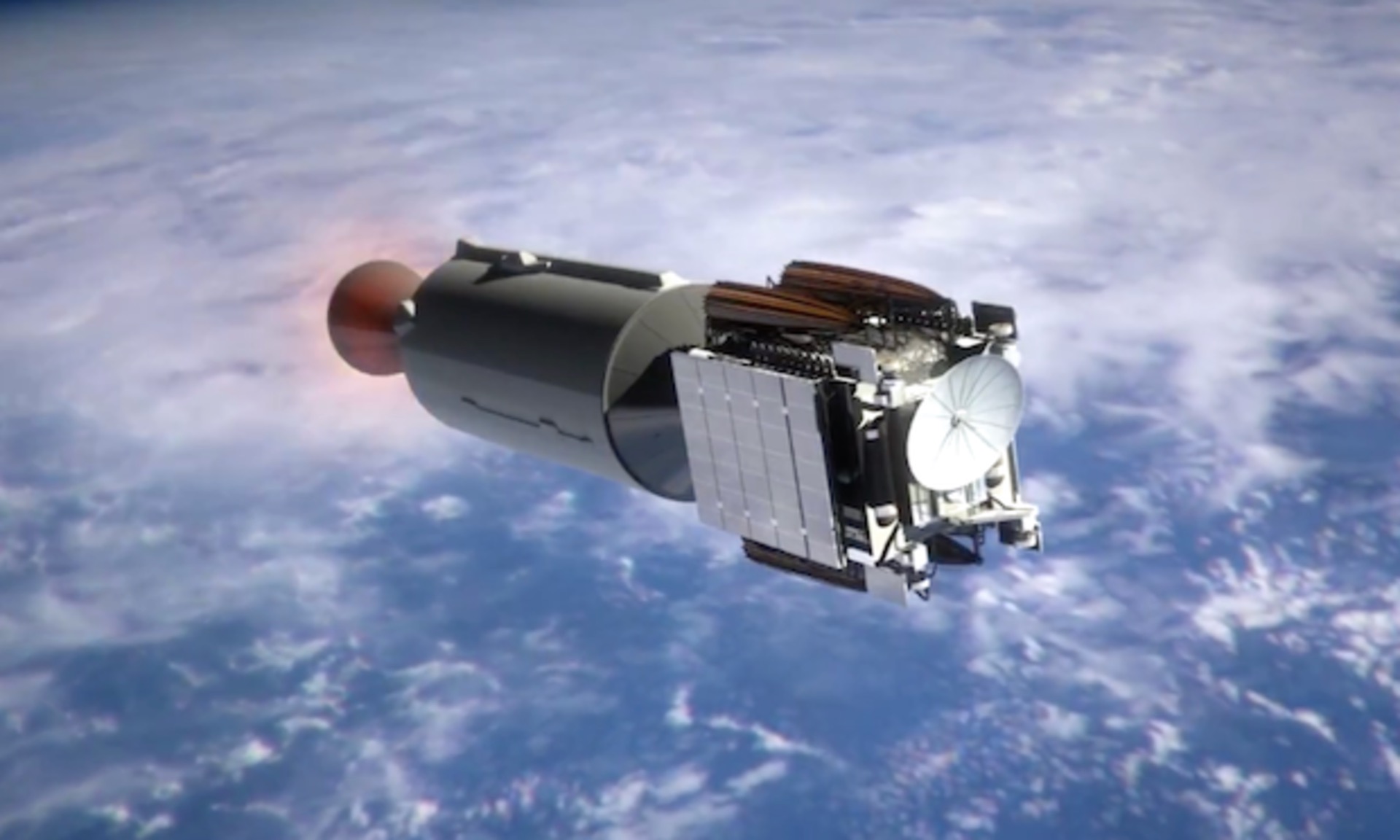You can still see the SpaceX Falcon 9 booster on a collision course with the moon in a live webcast today
Weather permitting, the Virtual Telescope in Italy will have live views at 2 pm. EST (1900 GMT), and you can track it on your own, too.
Update for Feb. 8: The Virtual Telescope Project will hold a second webcast today, Feb. 8, to show live views of SpaceX's out-of-control Falcon 9 booster on course to hit the moon. The webcast will begin at 2 p.m. EST (1900 GMT) and may not have commentary.
If you spot SpaceX's Falcon 9 booster in a telescope before it hits the moon, let us know! Send images and comments in to spacephotos@space.com.
A SpaceX Falcon 9 booster will crash into the lunar surface in March, and you can track the rogue rocket as it nears the moon.
The upper stage booster is part of a Falcon 9 rocket that SpaceX launched in February 2015 from Cape Canaveral Air Force Station, Florida. The rocket carried the Deep Space Climate Observatory (DSCOVR) satellite, which is a joint effort led by the U.S. National Oceanic and Atmospheric Administration (NOAA) and NASA.
However, after completing its mission, the upper stage was so high that it didn’t have enough fuel to return to Earth and has been in an uncontrolled orbit (due to competing gravitational forces of the Earth, moon and sun) for the last seven years. Now, satellite trackers show that the rocket will slam into the far side of the moon on March 4.
The Rome-based Virtual Telescope Project is offering free, live webcasts today (Feb. 7) and tomorrow (Feb. 8), during which they will track the Falcon 9 booster on its trajectory to the moon. The webcasts are available online, beginning at 1 p.m. EDT (1800 GMT). NOTE: The live webcast is dependent on weather, so this schedule could change. The project has already captured telescope photos of the wayward Falcon 9 booster as it nears the moon.
Related: See the evolution of SpaceX rockets in pictures
The rocket booster is expected to crash into the moon at 7:25 a.m. EDT (1225 GMT) on March 4, according to a statement from the Virtual Telescope Project. However, since the impact will occur on the moon's farside, it won't be visible from Earth.
Breaking space news, the latest updates on rocket launches, skywatching events and more!
"About one month earlier, it will be visible from Earth for the last time and we will show it live to the world," Gianluca Masi, an astronomer with the Virtual Telescope Project, said in the statement. "On 8 Feb., in particular, [the rocket booster] will be at its brightest and closest to our planet, moving very fast across the stars."

Amateur astronomers can also track the rocket's crash course using Unistellar's Ephemeris tracker, which allows viewers to select a target and pinpoint its position in the night sky based on the viewer’s location and the date of observation. Using this data, skywatchers can then properly point their telescopes at the Falcon 9 rocket, which will be visible as a sudden burst between Feb. 7 and Feb. 9, according to Unistellar.
While this unintended lunar collision won't be visible from Earth, the hope is that moon-orbiting spacecraft such as NASA's Lunar Reconnaissance Orbiter (LRO) and India's Chandrayaan-2 will be able to study the resulting crater or any subsurface material gets ejected from the impact.
Follow Samantha Mathewson @Sam_Ashley13. Follow us on Twitter @Spacedotcom and on Facebook.
Join our Space Forums to keep talking space on the latest missions, night sky and more! And if you have a news tip, correction or comment, let us know at: community@space.com.

Samantha Mathewson joined Space.com as an intern in the summer of 2016. She received a B.A. in Journalism and Environmental Science at the University of New Haven, in Connecticut. Previously, her work has been published in Nature World News. When not writing or reading about science, Samantha enjoys traveling to new places and taking photos! You can follow her on Twitter @Sam_Ashley13.
